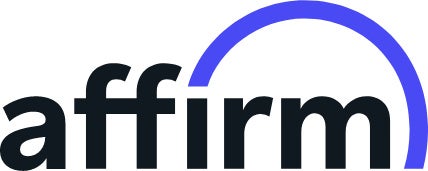
William Optics STC Astro Duo-Narrowband Filter

Description
- Dual-bandpass filter for astrophotography
- Optimized for H-alpha and OIII emission lines
Contact us to know when we will receive our next ones!
Free Shipping in Canada


Free Shipping in Canada
The William Optics STC Astro Duo-Narrowband Filter is a specialized astrophotography filter designed to enhance the visibility of specific emission nebulae. This dual-bandpass filter isolates the H-alpha and OIII emission lines, allowing astrophotographers to capture stunning images of nebulae with high contrast and detail.

Designed for astrophotography use. May not be suitable for visual observation. Check compatibility with your camera and telescope setup before purchasing.
Features a precision-engineered optical design that allows transmission of two specific wavelengths: the H-alpha line at 656nm and the OIII line at 500nm. This dual-bandpass configuration enables the capture of both red and blue-green nebulae in a single exposure.


Offers excellent light transmission within the specified bandpasses while effectively blocking unwanted wavelengths. This results in high-contrast images with reduced light pollution and sky glow, allowing for clearer, more detailed captures of emission nebulae.
Ideal for photographing a wide range of emission nebulae, including the Orion Nebula, Lagoon Nebula, Veil Nebula, and many others. The dual-bandpass design allows for capturing both hydrogen and oxygen emissions in a single image, providing a more complete representation of nebular structures.
Built with high-quality optical glass and precision coatings to ensure durability and optimal performance. The filter is likely housed in a sturdy metal frame to protect the delicate optical surfaces and provide easy handling.
Available in various common sizes to fit different telescope and camera configurations. Check the specific size options to ensure compatibility with your equipment. Typically offered in 1.25", 2", and 48mm thread-on sizes for maximum versatility.
By isolating specific emission lines, this filter allows for shorter exposure times compared to broadband imaging, especially under light-polluted skies. This can lead to more efficient imaging sessions and the ability to capture more targets in a single night.
The dual-bandpass nature of this filter provides flexibility in post-processing. Astrophotographers can adjust the balance between H-alpha and OIII data to create a range of color representations, from natural-looking to more artistic interpretations of nebulae.